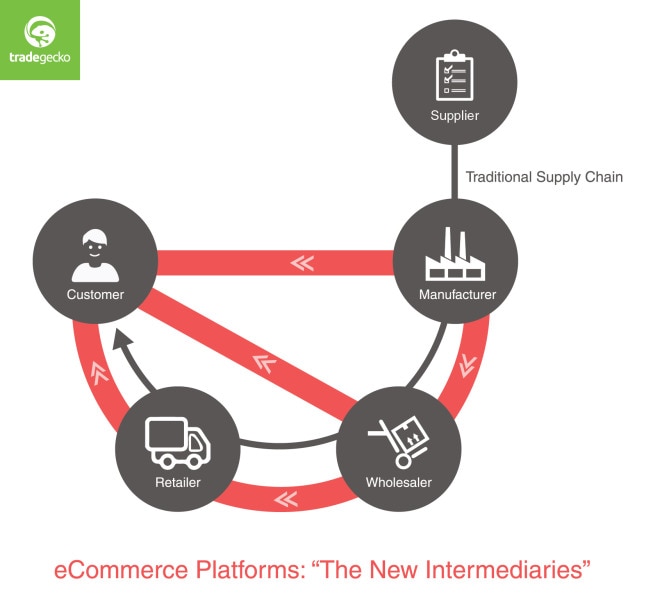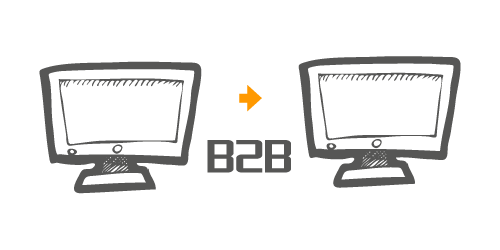The rise of eCommerce platforms such as eBay, Amazon, and ASOS indicates the rise of a whole new type of intermediary.
It’s an interesting new way to think about the supply chain - are platforms an additional rung in the chain, or are they merely a medium for those further up the supply chain to connect with those that are further down by bypassing traditional linkages?
Regardless of its role in the supply chain however, the simple fact remains - the trend towards B2C firms selling through hosted platforms is inevitable.
Why?
Trust and convenience are the two primary factors.
Backed by big names like Amazon, consumers feel assured that certain consumer protection policies are in place. ASOS for instance, offers a 14 day returns policy. Given the multitude of alternative options on the internet, maintaining trust in the platform is central to its success.
Active reviewers are also a big part of creating and maintaining a functional and trustworthy platform. Online reviews have become an integral part of the purchasing process. With online platforms, where sellers can access a larger customer base, there are also likely to be more reviews available for consumers to evaluate their purchasing decision.
Even seemingly minute inconveniences such as having to reenter credit card details can play a role in a consumer's purchasing behaviour. Intermediaries are in a unique position to help facilitate these transactions.
If platforms are successful in offering both buyers and sellers these two factors, it's likely that hosted eCommerce platforms will continue to grow.
Be the The Wholesaler 2.0
Instead of becoming obsolete, intermediaries are expanding and transforming their job functions. We’ve previously written about the Wholesaler 2.0. Not only is this group concerned with pricing and the bottom line, they’re also looking to add value for their customer base in other ways.
The wholesaling business is undergoing a significant transformation. Unlike B2C transactions, the need for a personalized touch is still very much present. After all, the stakes are much higher. For retail businesses, inventory is their lifeblood. As a result, they’re likely to want to connect with real people for an additional sense of security.
Placing orders with real people however, can be a hassle. Phone, Skype, Email, Whatsapp - these are just some of the ways that wholesalers are taking orders. Not only is it difficult to consolidate information, this process will require a set of internal middlemen to process orders, there by creating an unnecessary bottleneck.











